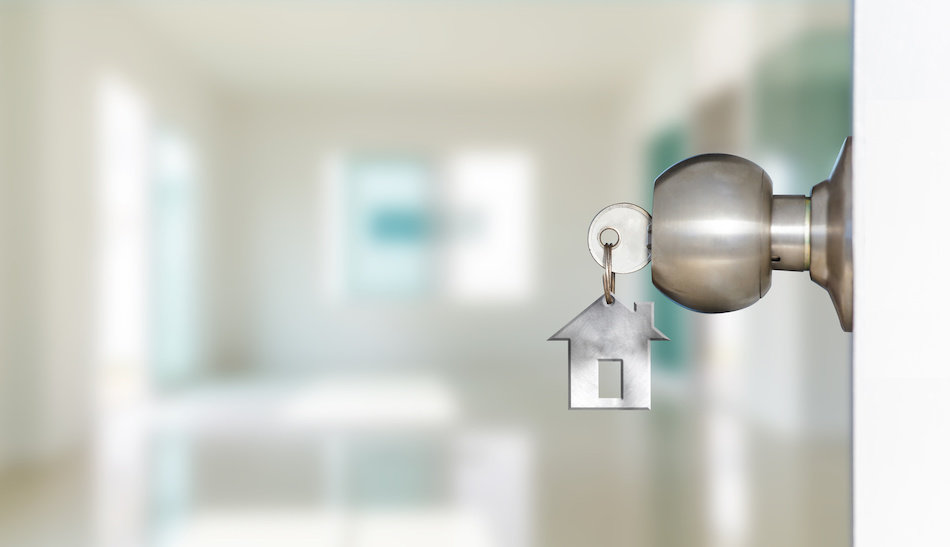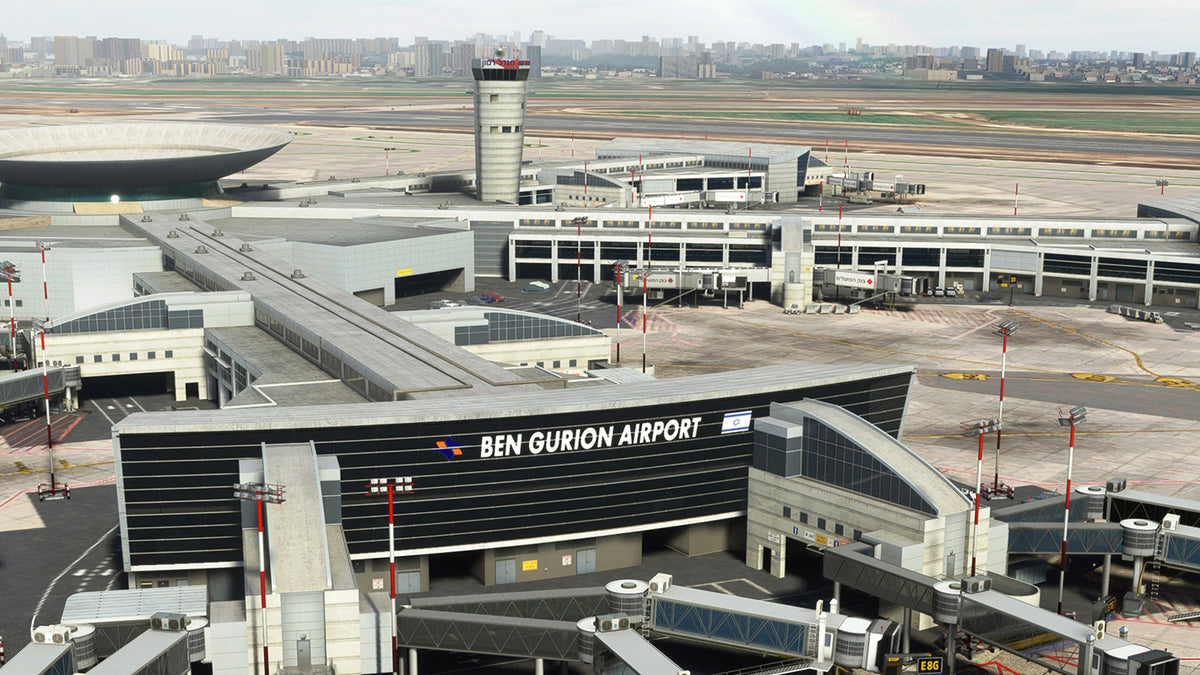Credit: Kekeli K. Blamey
There’s no place like home—but is your haven as safe as it feels?
Between cozy interiors and familiar routines, it’s easy to overlook the potential dangers lurking in everyday spaces. Whether it’s a silent gas leak, a slippery floor, or an unlocked door, home-related accidents and security risks are surprisingly common.
But here’s the good news: you don’t need a renovation or a tech overhaul to boost your home’s safety. With just a few intentional steps, you can create a more secure, resilient environment for you and your loved ones.
Here are six essential safety measures that every household should consider.
- Install Smoke and Carbon Monoxide Detectors
You can’t fight what you can’t see—or smell. Smoke and carbon monoxide detectors are your first line of defense against fire and gas-related emergencies.
Experts recommend installing smoke alarms in every bedroom, hallway, and on each level of your home. Carbon monoxide detectors should be placed near sleeping areas and fuel-burning appliances.
Check and test both monthly. Replace batteries twice a year (use the clock change as a reminder), and upgrade units every 7–10 years.
Bonus tip: Smart detectors can send alerts to your phone, keeping you informed even when you’re away.
- Secure Entry Points
Home security starts with the basics: strong doors and locked windows.
Reinforce entryways with deadbolt locks and solid door frames. Add window locks or security bars, and don’t forget to secure sliding doors with rods or foot locks.
For added protection, consider motion-sensor lighting, video doorbells, and smart cameras. Not only do they deter intruders, but they also offer peace of mind when you’re out of town or home alone.
- Keep First Aid Essentials Within Reach
Minor injuries are part of life—but a well-stocked first aid kit can prevent them from becoming major issues.
Your kit should include bandages, antiseptics, gloves, tweezers, pain relievers, allergy meds, and personal prescriptions. Store kits in easy-to-access spots like the kitchen and bathroom—and check for expired items every few months.
Having emergency contacts and a basic medical guide included in your kit is also a smart move.
- Childproof and Pet-Proof Your Space
For little explorers—whether two-legged or four—curiosity can lead to unexpected hazards.
Secure cabinets with locks, cover electrical outlets, install stair gates, and anchor heavy furniture to prevent tip-overs. Store cleaning products, medications, and small objects well out of reach.
Even if you don’t have children or pets, prepping your home for visitors can make it safer for everyone.
- Prevent Slips and Falls
Falls are one of the most common household accidents—especially among older adults—but they’re also the most preventable.
Use non-slip mats in bathrooms and kitchens, improve lighting in dark areas, and secure rugs with grip pads. Install grab bars in bathrooms and consider motion-activated night lights for hallways.
Keeping floors clear of cords, clutter, and loose objects is a simple but powerful safety habit.
- Create (and Practice) an Emergency Plan
Emergencies are unpredictable—but your response doesn’t have to be.
Map out exit routes from each room, designate a safe meeting spot outside, and make sure every family member knows the plan. Practice it at least twice a year.
Assemble a basic emergency kit with flashlights, batteries, water, canned food, medications, and important documents. Keep emergency numbers posted where everyone can see them.
Safety Doesn’t Have to Be Complicated
You don’t need to spend a fortune to make your home safer. Many of these measures take less than an hour—but the peace of mind they offer can last a lifetime.
At the end of the day, a safe home isn’t just about locks and alarms. It’s about being prepared, staying alert, and creating a space where everyone—young and old—can thrive with confidence.






